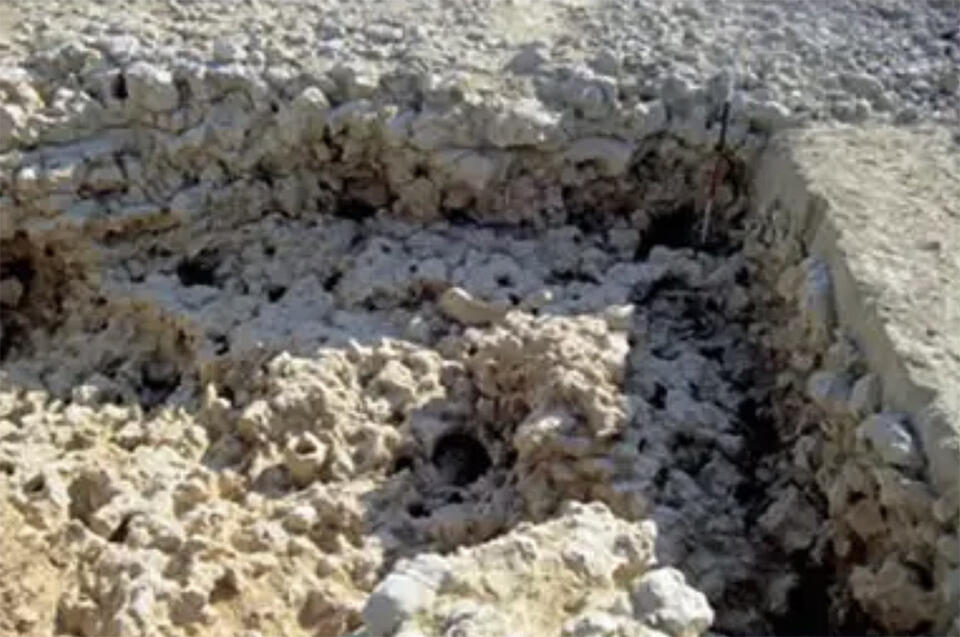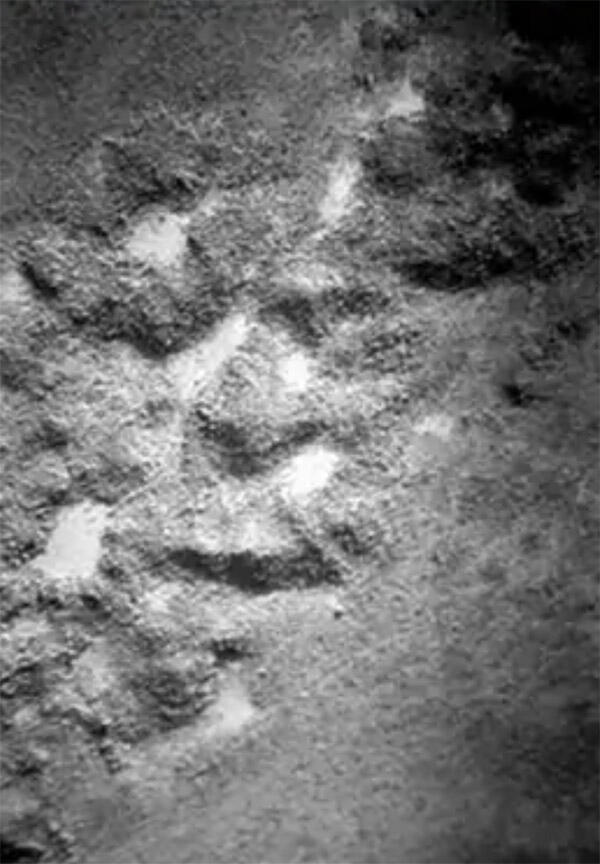"Flint was the most important raw material exploited by the third millennium BCE Bronze Age inhabitants of the Indus Valley and its related territories." This uncompromising statement by a scholar and field researcher who has been working in the region for decades offers a window on what must clearly must have been a critical resource across the wider Indus region, whether for the production of fire for heat and cooking and manufacture, or as a soft stone used in weights and tools of every kind. It is this kind of an often unsung material in archaeological research that makes the wheels of civilization turn. Unfortunately many of these mines, just north of Sucker on the Indus in Sindh, investigated by the author since the 1980s and dating to the ancient Indus period, are rapidly being destroyed by modern limestone quarrying; some of the most extensive areas used during Harappan times literally do not exist anymore. Tragic indeed, but fortunately Dr. Biagi and many of his colleagues from Italian and other universities made it in time to record some of the extraordinary activities that once took place here. As he once put it, on a slideshow on this site published in the late 1990s, all the archaeological sites in the subcontinent could be said to fit into the 40 by 16 kilometer area of the Rohri Flint Mines.
This article from the Encyclopaedia of the History of Science, Technology, and Medicine in Non-Western Cultures gives a complete overview of the finds at Rohri and in southern Sindh near Hyderabad and in other areas and is well-illustrated in color.
Dr. Biagi concludes: "The complicated extractive system, which undoubtedly involved a great number of workers and knappers (flintshapers), and the extraordinary great number of mines discovered on the Rohri Hills indicate that this was undoubtedly a main extractive center and that flint was of primary importance at least during the mid-third millennium BCE mature Indus Civilization. Although the extraction systems have not been fully understood and the trade routes are still poorly known, there is no doubt that the role played by this raw material has so far been underestimated by archaeologists.
"Furthermore, as already remarked on many occasions, the damage to a more comprehensive knowledge of the Indus Civilization caused by the systematic devastation, for illegal industrial activities, of most of the aforementioned archaeological areas of Upper and Lower Sindh is remarkable (Dar, 1991; Allchin, 1999, p. 298; Biagi, 2007)."
Images:
1. The intseam reached by the Harappan miners during the mid-third millennium BCE with many nodules still in situ, ready for extraction at quarry-pit 862.
2. Aerial view of part of the main system of Harappan, flint quarry-pits on the hills near Shadee Shaheed.




